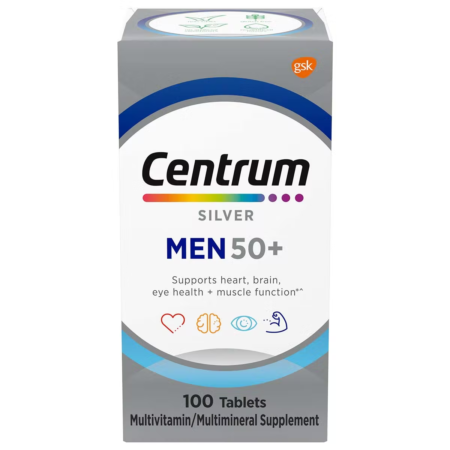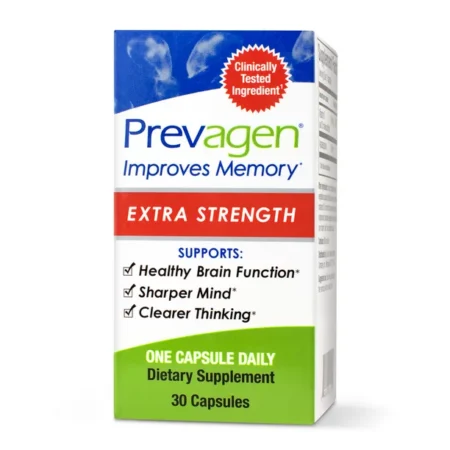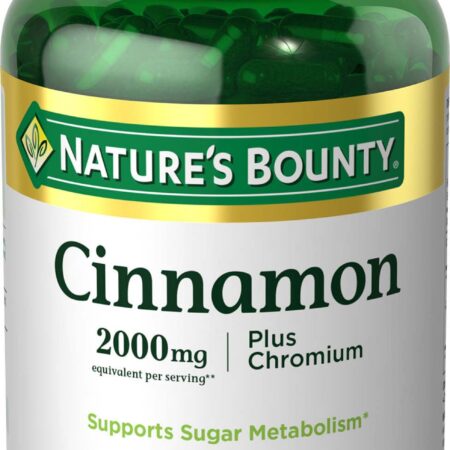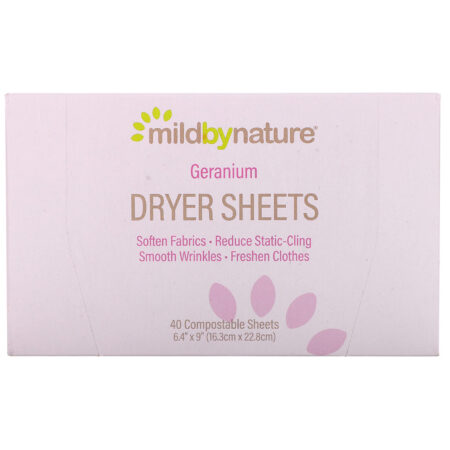In a groundbreaking research study of individuals coping with HIV, University of Alberta scientists discovered that evasive leukocyte called neutrophils contribute in impaired T cell functions and counts, along with the associated persistent swelling that prevails with the infection.
Neutrophils are a fundamental part of the body’s body immune system and the most plentiful kind of leukocyte, comprising about 60 to 80 percent of flowing immune cells in the blood. Nevertheless, unlike other kinds of leukocyte, neutrophils are incredibly short-term and can not be frozen and defrosted like other immune cells, making them incredibly tough to analyze, stated research study lead Shokrollah Elahi.
” Neutrophils live for hours to a day or 2 optimum,” Elahi stated. “The body produces a great deal of neutrophils, and they do their task and after that they pass away and need to be regrowed in the bone marrow. However in spite of the truth that neutrophils are the most plentiful leukocyte in the blood flow, their function in the context of HIV has actually not been extremely well specified.”
In the research study, released in the journal PLOS Biology, Elahi and his group took a look at the new blood of 116 individuals coping with HIV and 60 people without the infection. They ran thorough sequencing on all the genes revealed in the neutrophils from both groups to figure out any distinctions in between them.
” We discovered that not all HIV-infected people have comparable kinds of neutrophils,” stated Elahi. “As the HIV illness advances, neutrophils end up being more triggered and more powerful, and in turn trigger the body’s T cells, which likely triggers a few of the issues related to HIV infection such as swelling and quick aging.”
Elahi, a member of the Females and Kid’s Health Research study Institute, the Cancer Research Study Institute of Northern Alberta and the Li Ka Shing Institute of Virology, stated neutrophils imitate an early alarm. When they spot a harmful entity such as an attacking microorganism, they launch proteins to signify other immune cells to the threat. This activation can be high or low, or basically powerful, depending upon the seriousness of the threat and the response of other immune cells.
Among the proteins launched by neutrophils is galectin-9, which Elahi formerly connected to serious swelling and cytokine storms in COVID-19 clients. Elahi’s group reported that when neutrophils notice a threat such as an infection, they end up being stressed out and launch the galectin-9. As the protein starts to fill the blood, it can engage with various immune cells. For instance, the group discovered that galectin-9 responded highly with T cells and made them more vulnerable to HIV infection, triggering a cascading impact that results in a hyper-immune reaction and swelling.
Elahi’s previous work revealed that clients with HIV and some kinds of cancer revealed raised levels of galectin-9 in their blood. Nevertheless, in this most current research study he had the ability to recognize the significant source of the protein.
” We discovered for the really very first time that the neutrophil membrane, through a complicated system, is covered like a blanket with galectin-9,” he stated. “When neutrophils end up being extremely triggered, the secretion of galectin-9 can trigger T cells through interaction with another particle called CD44, which then promotes persistent swelling in HIV clients.”
Elahi’s research study of neutrophils exposed that the “alarm” response of shedding proteins such as galectin-9 was related to oxidative tension, a state in which the body is not able to naturally cleanse or eliminate specific oxygen-containing particles that end up being hazardous to cells. Oxidative tension is thought to contribute in the advancement of illness consisting of Parkinson’s, Alzheimer’s, cancer, cardiac arrest and autism.
Based upon his findings, Elahi stated avoiding galectin-9 shedding may be an effective tool in lowering much of the unfavorable results of HIV infection. His group has actually currently made some development in lowering oxidative tension by utilizing a natural antioxidant substance called phloretin and vitamin C.
” We have actually been taking a look at phloretin and vitamin C in the laboratory and our information are really appealing,” Elahi stated. “We understand that both are proficient at lowering galectin-9 shedding, so our company believe they can avoid the hyper-activation of neutrophils. We hope that our outcomes will trigger restored examination into the function of neutrophils in T cell activation in other intense and persistent conditions.”
Elahi kept in mind the research study strengthens that the most essential thing for individuals who are coping with HIV or are at threat of capturing the infection is to get a screening test as quickly as possible.
” If the infection is captured early and they can go on antiretroviral treatment, then it stops illness development and decreases much of the issues related to innovative HIV.”






